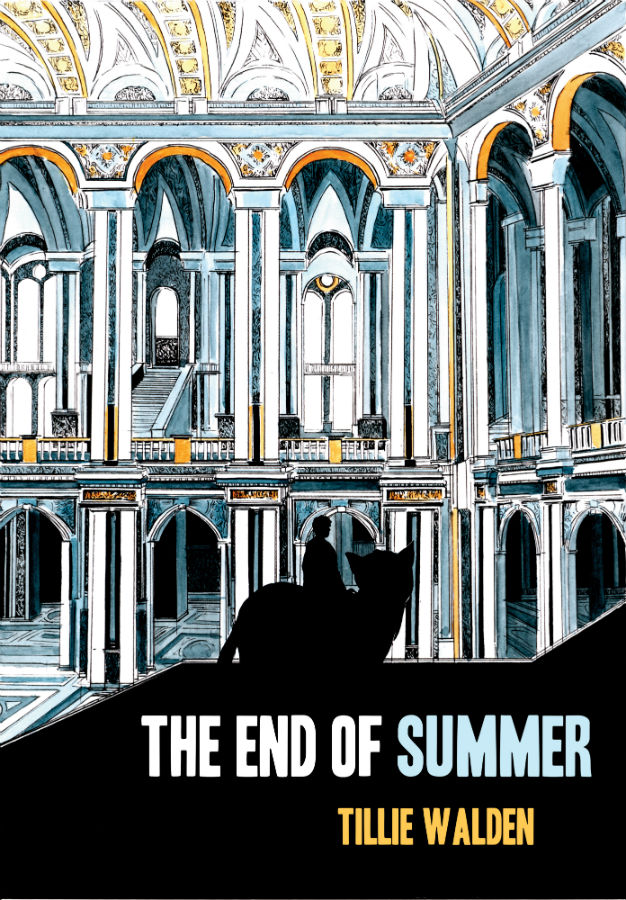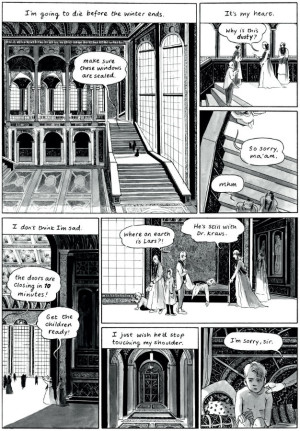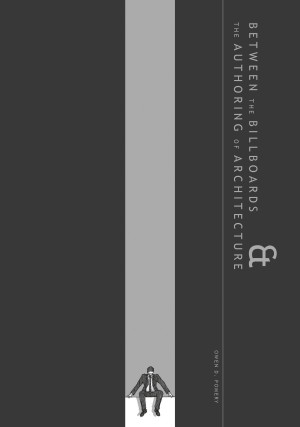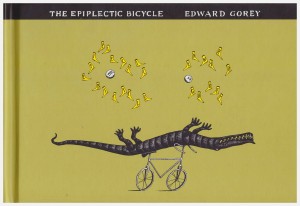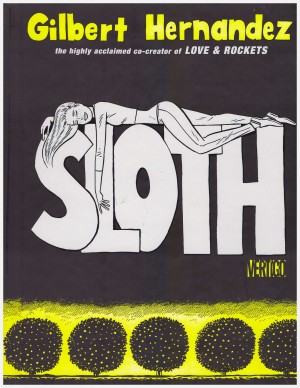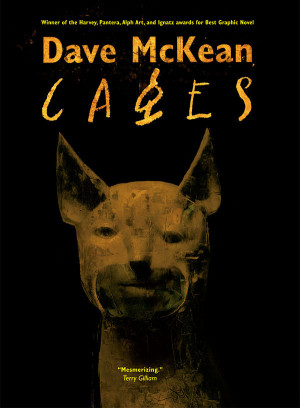Review by Jamie McNeil
When Avery Hill published Tillie Walden’s debut graphic novel The End of Summer in 2015, she was nineteen, barely out of high school and still at The Centre for Cartoon Studies in Vermont. That first edition gained Walden an Eisner Award nomination, and we now have a rapid updated reprint less than a year on. The Eisner nomination on a debut work at such a young age alone is impressive, doubly so considering Walden only started illustrating comics during her last year at High School. That does set the bar quite high, but even quickly flicking through a few pages convinces that The End of Summer is absolutely gorgeous, even achingly beautiful.
This is a story that’s eminently recommendable, but benefits if not too much is revealed. The cover blurb explains it best. “In a secluded castle at the beginning of a winter that is predicted to last for three years, Lars is battling illness and boredom. He passes the time with his siblings and his giant cat Nemo, as secrets are revealed and tensions within the family begin to simmer”. It’s difficult to pinpoint exactly where The End of Summer stands in the genre classification spectrum. The three year winter and Nemo the giant cat edge towards fantasy, while the complex societal characteristics veer it towards the land of science fiction. Still other aspects steer into a kind of social commentary on the modern obsession with portraying the picture of the perfect family. That it feels like it’s a bit of everything, surprisingly, makes it all the better. Walden blends her art and writing to give the story a fever-dream effect, the claustrophobia of the trapped palatial inhabitants breeding a spreading madness, yet again bucking a genre specification by giving it a thriller’s characteristics not dissimilar to Stephen King’s The Shining.
Lars is our narrator, in the face of his fate able to notice things are not as they seem among his parents and his five siblings even if he does not always understand exactly what is happening. We only see a little more than Lars does, and by the end of the book Walden has created an intentionally imperfect story, all kinds of imagery and symbolism present to keep the more serious-minded unpacking ‘hidden’ meanings for hours. The characters are complex and interesting, and while it would be easy for the sheer number of players to overwhelm the story, they don’t. To her credit, the author keeps Lars at the forefront and the other characters playing out their scenes in the background. Walden’s artistic style plays to her strengths, Lars and his twin Maja’s interactions personal. The detail in the architecture is stunning from the ceiling cornices to the pattern of the floor tiles, the creator flipping from detailed full-pages to simple frames interspersed with vivid ones in varying sizes. It’s understated, and while it can be difficult to decipher the details, it is nevertheless aesthetically stunning.
Walden is a talent to watch closely and this second edition has seen her go back to her work to add some finer touches to it. Looking at the extra content, including a prequel featuring Lars and Nemo, it’s obvious that she is developing her craft very quickly and improving all the time. This makes the prospect of future Walden works something to look forward to.
